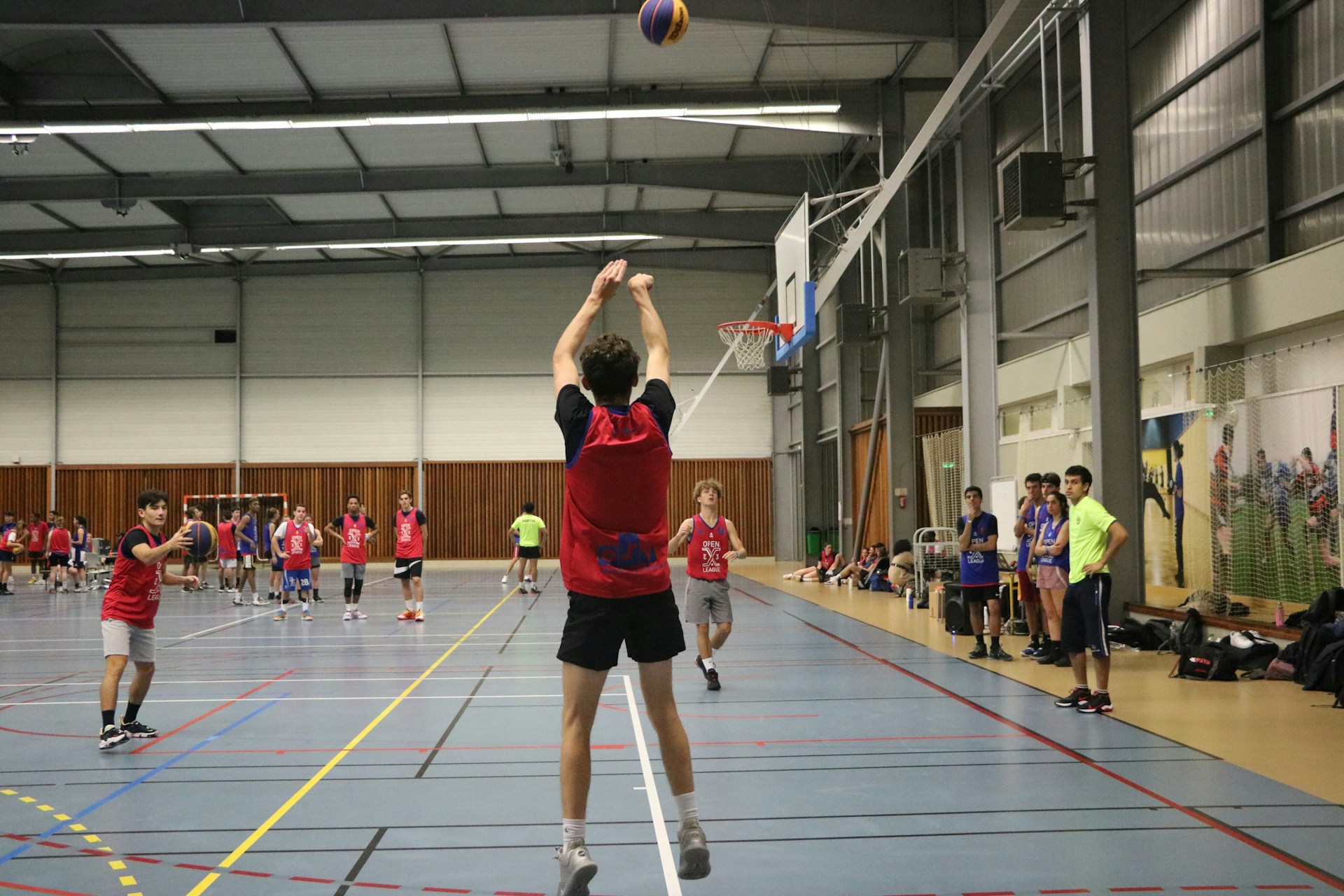Discussion Points:
- Effective Basketball Substitution Strategies
- Why Basketball Substitution Rotation Matters
- Using Technology for Substitutions
- Points to Consider Regarding Playing Time
- FAQs
Effective Basketball Substitution Rotation Strategies for Youth Basketball
Why Basketball Substitution Rotation Matters
- Diverse Skill Levels: Youth teams often have players with varying skill levels. Effective substitutions ensure that all players have the opportunity to contribute and improve their skills.
- Developmental Needs: Young athletes develop at different rates. Ensuring equal playing time supports their physical and cognitive growth, keeping them motivated and enjoying the game.
- Parental Expectations: Parents want to see their children play. A transparent and fair basketball substitution rotation can help manage these expectations and maintain positive relationships with parents.
- Team Morale: Players are sensitive to playing time. A well-managed substitution plan can keep morale high by ensuring everyone feels valued.
- League Rules: Many youth leagues have specific rules about playing time. Adhering to these while implementing your coaching philosophy is crucial.
Substitution Strategy for an 8-Player Roster
Here’s a simple yet effective basketball substitution rotation strategy that can be adapted to various game situations:
- Pre-Game Planning: Assign numbers to each player from 1 to 8. Ensure that your two best players are at positions 1 and 5. This setup guarantees that at least one of your key players is always on the court.
- Initial Lineup: Start the game with players 1, 2, 3, 4, and 5 on the court. Players 6, 7, and 8 begin on the bench.
- First Substitution: When it’s time for the first substitution, players 6, 7, and 8 replace players 1, 2, and 3. Now, players 4, 5, 6, 7, and 8 are on the court, while players 1, 2, and 3 rest.
- Rotation: Continue this rotation pattern throughout the game. For example, the next substitution might see players 1, 2, and 3 return to replace players 4, 5, and 6, and so on.
- Final Minutes: In the final four minutes of the game, you can adjust based on the game’s context, whether that means sticking to the rotation or making strategic changes based on performance and game situation.
What to Teach at Each Age
Unlock the secret to crafting drills and practice plans that perfectly match your team’s cognitive and motor skill growth at every age level.

Using Technology for Substitutions
To make the process even more efficient, consider using a basketball substitution rotation tool like the one offered by The Hoops Geek. This tool allows you to map out your substitutions in advance, ensuring that you stick to your plan and that all players get fair playing time. You can find the substitution calculator here.
Points to Consider
- First Priority – Everyone Plays: The primary goal in youth basketball should be to ensure that all players receive playing time. Early exposure to actual game situations is crucial for developing a passion for the sport.
- Biological Age Considerations: It’s essential to recognize that children mature at varying rates. A player who seems less skilled at 12 could blossom into a standout athlete a few years later. Neglecting these potential late bloomers can mean missing out on developing exceptional talents. This should be considered when allocating playing time in youth basketball leagues.
- Playing Time Based on Age Level: For players aged 10 and under, strive for nearly equal playing time in youth basketball games. As players grow older, aim for equal playing time across the season, adjusting individual game time based on the game context and player development needs.
- Situations Where Playing Time Won’t Be Equal: Discipline and effort should influence playing time decisions. Players not meeting the expected levels of effort or behavior may have reduced playing time in youth basketball games, but this should always be communicated and handled with care, especially with younger players.
- Planning and Tracking Playing Time: To ensure fairness and objectivity, it’s advisable to track and plan playing time. This helps in maintaining balance and allows coaches to make informed decisions rather than relying on memory or impulse.
Conclusion
Zoom Action Continuity Youth Offense
I developed the Blitz Attack to maximize scoring for developing players. This innovative continuity offense blends the best of Zoom Action and motion principles with aggressive dribble penetration.

FAQs
Q: How should I explain my playing time decisions to parents and players?
A: Clearly communicate your philosophy and approach before the season starts and maintain transparency about decisions during the season. Written guidelines and pre-season meetings can help set expectations.
Q: What do I do if a player is not putting in the effort?
A: Address the issue privately with the player, offering specific feedback and an opportunity to improve. Only reduce playing time in youth basketball games as a last resort and after clear communication.
Q: Should I treat every game the same regarding playing time?
A: Adjust playing time based on the competitive nature of each game and developmental needs of players. This flexible approach helps balance improvement and success.
Q: How can I track playing time in youth basketball games effectively?
A: Assign a staff member or trusted parent to track playing time during games. Consider creating a script for each game to guide your decisions, although remain flexible to adapt to game circumstances.
Q: Why is it crucial to set clear expectations about playing time with parents?
A: Setting clear expectations helps avoid misunderstandings and reduces conflicts throughout the season. Clear communication from the start aligns everyone’s expectations with the realities of how playing time is determined.



